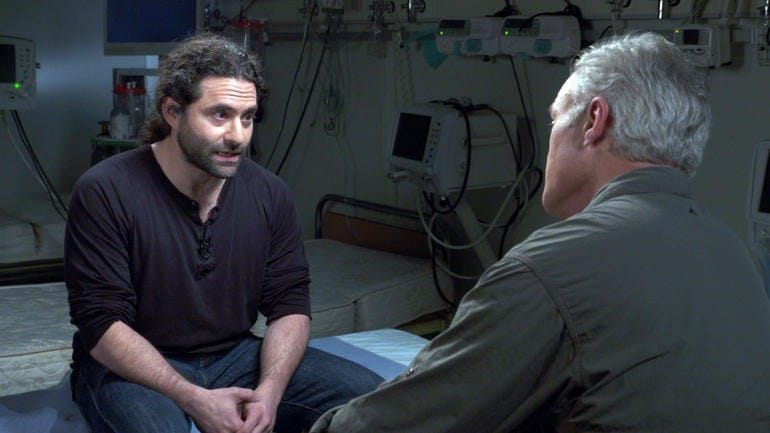Aleppo Diary: The Carnage From Syrian Barrel Bombs
Dr. Samer Attar’s heartbreaking dispatch from war-torn Syria.

As an editor and writer with The Wall Street Journal for two decades (1997-2017), I worked on thousands of first-person pieces, some written by dissidents from their jail cells; others by survivors of war and senseless acts of terror. But the one that still haunts me the most—indeed, is seared into my memory—was written by a Chicago surgeon in 2015 upon his return from war-torn Syria. His name is Dr. Samer Attar, and after the fall of Syria’s murderous Assad regime in December, I reached out to him, asking if he might write a follow-up piece for TFP in the wake of Bashar Assad’s defeat and exile in Russia. “Your memories and hopes for those you helped there are what I’m most interested in,” I wrote. He responded 10 days later, with this brief note:
thank you so much for reachi…
Keep reading with a 7-day free trial
Subscribe to The First Person with Michael Judge to keep reading this post and get 7 days of free access to the full post archives.
